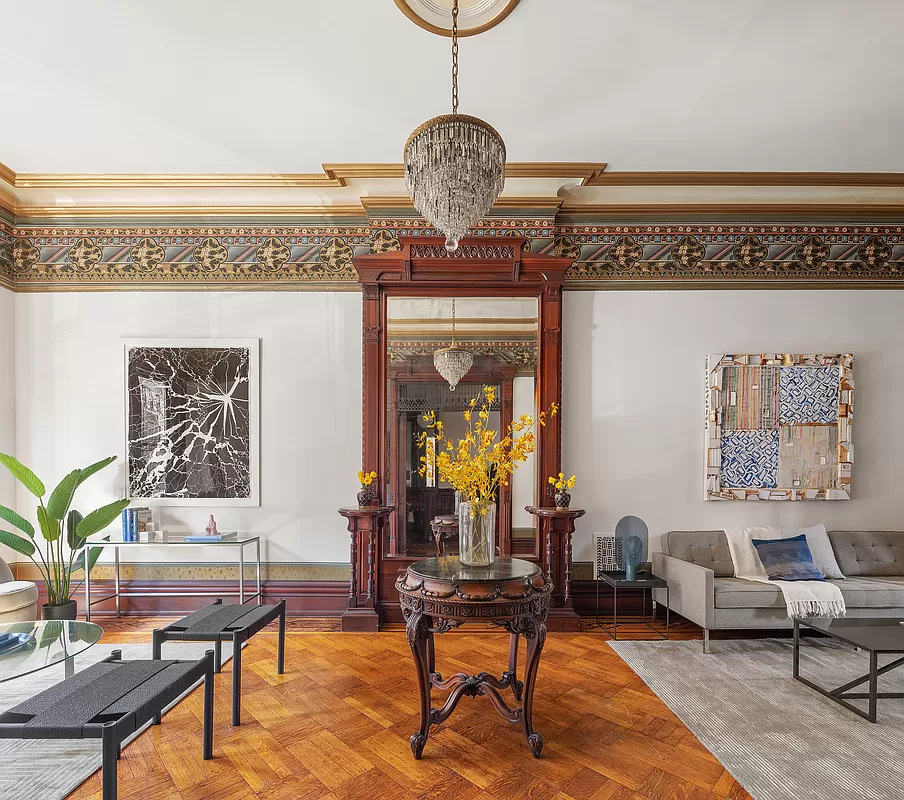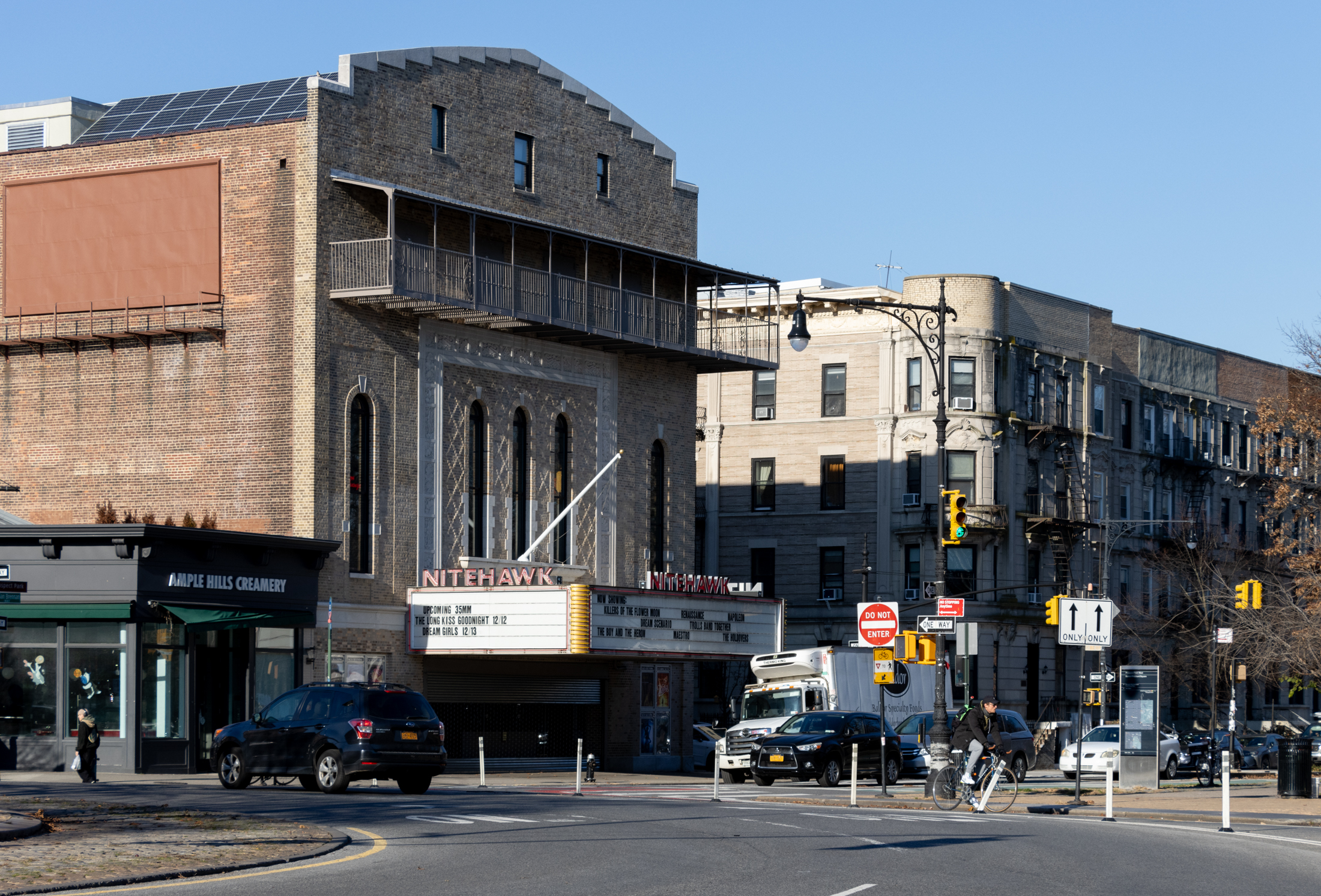Building of the Day: 156 Sterling Place
Brooklyn, one building at a time. Name: Fourth (then First) Church of Christ Scientist, now part of Berkeley Carroll School Address: 156 Sterling Place Cross Streets: 7th and Flatbush avenues Neighborhood: Park Slope Year Built: 1936 Architectural Style: Art Deco with Classical details Architect: A.W. Laurie Other Buildings by Architect: Christ Scientist Church in Newport,…

Brooklyn, one building at a time.
Name: Fourth (then First) Church of Christ Scientist, now part of Berkeley Carroll School
Address: 156 Sterling Place
Cross Streets: 7th and Flatbush avenues
Neighborhood: Park Slope
Year Built: 1936
Architectural Style: Art Deco with Classical details
Architect: A.W. Laurie
Other Buildings by Architect: Christ Scientist Church in Newport, R.I., buildings in Boston area and New York City
Landmarked: No, but part of a proposed Second Expansion of the Park Slope Historic District
The story: Brooklyn’s First Church of Christ Scientist was founded in 1886 by Mrs. P.J. Leonard. By the end of the next decade, they were conducting services on Cumberland Street, between DeKalb and Lafayette Street. In October of 1897, they established a church on Lafayette Avenue, near Franklin. That church, architect Montrose Morris’ only church building, still stands.
By 1910, the congregation had grown so quickly that they needed a much larger building. The organization has always appealed to a higher income demographic, so it was only natural that they build a new structure in one of Brooklyn’s best neighborhoods. The new First Church of Christ Scientist was designed by Henry Ives Cobb, and finished in 1914. It is a magnificent structure on the corner of Dean Street and New York Avenue, in the St. Marks District, now Crown Heights North.
By the 1930s, many of First Church’s members had moved away from the neighborhood, and were now primarily in the Park Slope area. A Fourth Church of Christ Scientist was constructed here on Sterling Place in 1936. A row of Italianate brownstones stood here beforehand, but most of them were torn down for the church. Only one remains on the northern side of the church, and two others to the south.
The building was designed by architect A. W. Laurie, who had offices in New York, but by the1930s was doing most of his work from an office in Boston. He doesn’t have a large body of work on record, but seems to have had a high end clientele in both cities. He also did work for the Christian Scientists before, with a Classical style “temple” building built for them in Newport, Rhode Island, built in the late 1920s.
This church is architecturally quite interesting. The first thing one thinks when looking at it is “Art Deco.” The clean, very severe lines, materials, flat surfaces, fenestration and geometric planes all are quite Deco. But then he adds some very classical elements – the columns and the entryway with its very classical pediment and that arch. And whatever’s going on up on the roof. It’s a great Neo-classical building as rendered through an Art Deco lens. I like it.
The church changed its name to First Church of Christ Scientist when they gave up the Crown Heights building. That structure became the Hebron French Speaking Seventh Day Adventist Church in the 1950s. In 2011, this building was sold to the Berkeley Carroll School for $3.8 million. The school uses the space as an assembly hall and has offices here. The Christ Scientist congregation still holds services here too. Everyone is happy, as is the neighborhood, which gets to keep a really interesting building standing, one that will someday be landmarked in a second extension of the Park Slope Historic District.
(Photograph: BeyondMyKen for Wikipedia)
It’s still not too late to enjoy the cooler summer weather by taking a walking tour around beautiful Bedford Stuyvesant. Please join Morgan Munsey and myself for a tour of this great neighborhood on Sunday, August 17, at 4 pm. Tickets are still available via the Municipal Arts Society’s website. Hope to see you.










What's Your Take? Leave a Comment